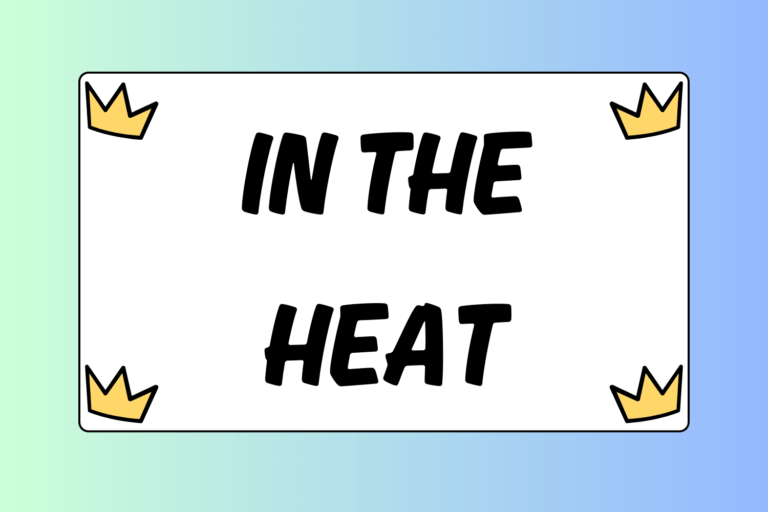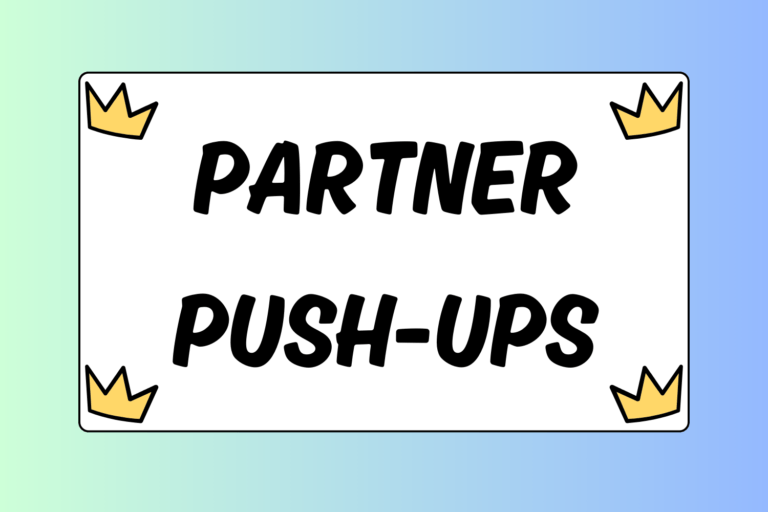If you’ve ever watched a scholastic or collegiate wrestling match, you’ve likely been confused by at least one of the hand signals made by the referee. Here, you will learn the most common hand signals, as well as how and why each is used. Though not all hand signals are included, you will learn everything there is about the basics.
General Signals/Procedure
The hand signals in this section are related to the general procedure of a match. You will likely see these signals used multiple times throughout competition.
Starting the Match
At the beginning of each period, the referee will typically extend one of his arms outward (usually his right arm), pointing all fingers forward (thumbnail facing the ceiling). He will then pull his hand quickly upward towards his head (bending his arm at the elbow) as he blows his whistle to signal the start of the period.
Stopping the Match
This hand signal is used to stop the match at any time. It is typically used when a period of wrestling has ended, but it can also be used in other cases, such as when a coach challenges a referee’s call. To stop the match, the referee will typically hold up one of his hands with his palm facing the wrestlers, as he blows his whistle.
Out-of-bounds
This signal is used when the wrestlers move outside of the wrestling area. The referee will keep his arms straight and move his hand in in a “sweeping” motion towards the location of the mat where the wrestler(s) exited the wrestling area.
Fun Fact
Folkstyle referees wear a red wristband on their left wrist, and a green wristband on their right. This is to correspond with the colored starting lines on the center of the mat. When awarding points or penalizing a particular wrestler, the referee will use whichever hand contains the colored band that coincides with the appropriate wrestler when signaling to the scoring table.
Wrestlers’ Positions
This section contains hand signals that are related to the position of the wrestlers during a match. Some of these signals are related to the process of choice, while others are to signal the loss or gain of control.
Neutral Position
When a wrestler chooses to start in the neutral position, or if the action of a match has moved out of bounds and must be restarted in the neutral position, the referee will use this signal. He will hold his arms up with his palms facing each other and his fingers pointing upward.
Defer Choice
At the beginning of the second period, the wrestler who is given his choice of starting position may opt to defer his choice until the third period, giving his opponent choice in the second period. To signal that a wrestler has deferred his choice, the referee will cross both of his arms at chest-level to form the shape of an “X” with his forearms. From here, he will move his arms apart; he may repeat this movement in a continuous motion.
Reversal
If a wrestler escapes the control of his opponent and immediately gains control of him in one, simultaneous movement, the referee will signal the reversal by first bending his elbows and bringing his hands in front of his body (in the middle of his chest). Then he will curl his fingers and make a fist with each hand and rotate one hand over the other in a continuous, circular motion.
Control
To indicate which wrestler is in control at a given moment, the referee will extend one of his arms out to the side of his body with his palm facing the wrestlers and the tip of his thumb pointing upwards. The hand he uses to give the signal will depend on the color of the wrestler that is in control.
No Control
This signal is typically used in situations where both wrestlers are on the mat, but neither is in control. In this situation, the referee will hold both of his arms out to his sides and wave his hands sideways to signal that control has still not been decided.
Stalemate
When wrestlers are in a specific position where it is unlikely that either of them will be able to score, the referee will call a stalemate and the wrestlers will be reset in the appropriate starting positions. To signal a stalemate, the referee will curl the fingers of both hands and touch his knuckles together in front of his body.
Scoring
The hand signals that indicate scoring are the most common, and are also the most basic. Here you will find the signals that communicate when a wrestler has scored points.
Awarding Points
The referee will signal that a wrestler is to be awarded points by holding up the arm that contains the colored band that represents the appropriate wrestler. The number of fingers he holds up will represent the amount of points awarded to the wrestler. Typically, one to three point(s) are awarded at a given time.
Near-fall Points
When awarding near-fall points to a wrestler, the referee will hold up the hand that contains the colored band representing the appropriate wrestler. The number of fingers he holds up will indicate the number of points the wrestler earned. The referee will then repeatedly touch this hand to his opposite shoulder several times to classify the points as near-fall points before holding it up again to allow the scoring table to view the number.
Penalties
When a wrestler does not adhere to a specific rule or procedure, he will be penalized by the referee. The hand signals in this section will explain some of the common penalties and infractions.
Stalling
The stalling signal is used when warning and penalizing a wrestler for being passive or inactive. The referee will raise the arm that contains the colored band representing the offending wrestler. He will then curl his fingers and make a fist with his hand. If the occurrence of stalling results in a penalty, the referee will then signal how many points to award to the other wrestler by using his other hand (with the wrist band appropriate to the wrestler) to indicate the number of points.
Hot Tip: Double Stalling
It is also possible for both wrestlers to be called for stalling at any given time! The term for this situation is called “double stalling,” and the referee will signal this by raising both of his arms and curling the fingers of both hands into fists.
Locking Hands or Grasping Clothing
This signal is most commonly used when a wrestler has illegally locked his hands when in the top position. It is also used if a wrestler grabs any part of his opponent’s uniform. The referee will raise his arms above his head and lock his hands.
Caution
If a wrestler starts incorrectly in a given starting position, or if he moves before the referee signals to start, this wrestler will receive a caution. The referee will hold up whichever arm contains the colored band that represents the offending wrestler, and he’ll form a “C” with this hand to signal the caution.
Safety
The referee’s most important job is keeping each wrestler safe. This section will explain the hand signals that keep wrestlers from harm.
Illegal Hold & Unnecessary Roughness
If a wrestler uses a technique that is deemed illegal, or is unnecessarily forceful when performing a specific move, the referee will blow his whistle to stop the match. He will then raise his arms and touch both of his palms to the back of his head. He will then award points to the appropriate wrestler.
Potentially Dangerous
This signal is similar to signal used for unnecessary roughness. If a referee believes a specific technique could cause injury to a wrestler, he will stop the match by blowing his whistle. He will then raise one of his arms and place his hand behind his head. The hand he places behind his head will typically contain the colored band that represents the wrestler who was put in a dangerous position.
Continue to Learn
The rules and procedures used in wrestling change constantly. Whether you’re an athlete, parent, coach, or even referee, it is important that you continue to expand your knowledge. For a full list of the hand signals used by referees, or just more information about folkstyle rules in general, check out our guide on Wrestling Rules & Regulations. Good luck!





